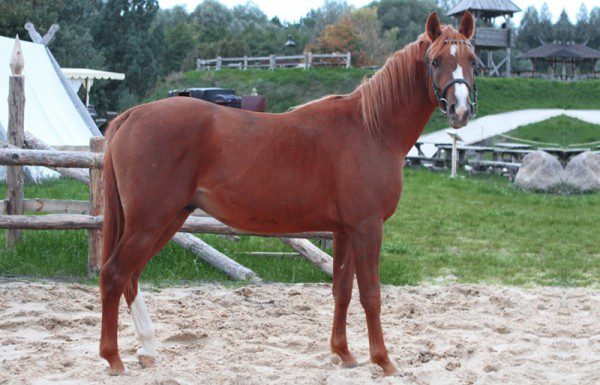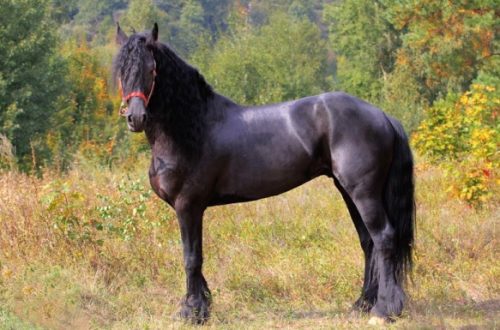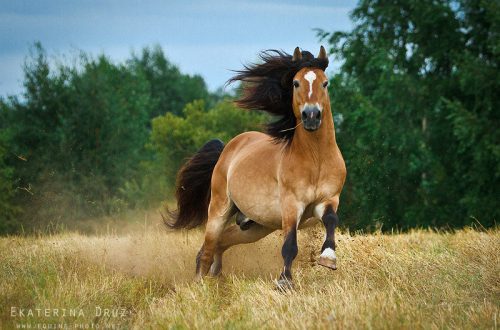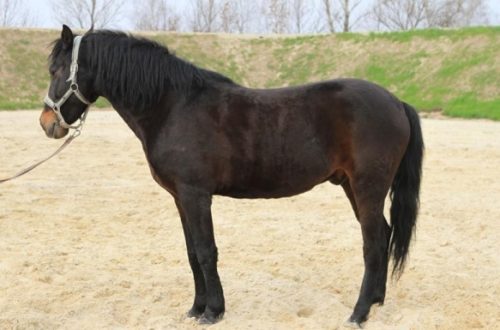
Arabian breed

History of the breed
Arabian is one of the oldest breeds of horses. Arabian horses appeared in the central part of the Arabian Peninsula, about 5000 years ago in (IV-VII centuries AD). A powerful impetus to the development of the breed was the wars of conquest carried out by the Arab caliphate united under the banner of Islam. According to scientists, the breed was based on horses of North African and Central Asian origin.
According to legend, by the will of Allah, an Arabian horse appeared from a handful of hot south wind. “I created you,” the creator said at the same time to the newly minted creature, “not like other animals. All the riches of the earth before your eyes. You will throw my enemies under the hooves, and you will carry my friends on your back. You will be the most beloved creature of all animals. You will fly without wings, win without a sword…”.
For a long time, horses were the national treasure of the Arab nomads. Horses were banned for sale to other lands, including Europe, under pain of death. Crossbreeding of horses with other breeds was forbidden, so it has been developing in purity for many centuries.
In Europe and other continents, the first “Arabs” appeared at the beginning of our millennium. The wars waged by the crusaders showed the advantage of the mobile and tireless Arabian horse over the heavy and clumsy horses of the English and French knights. These horses were not only frisky, but also beautiful. Since that time, in European horse breeding, the blood of Arabian horses has been considered to improve for many breeds.
Thanks to the Arabian breed, such well-known breeds as the Oryol trotter, Russian riding, English riding, Barbary, Andalusian, Lusitano, Lipizzan, Shagia, Percheron and Boulogne heavy truck were bred. The main breed that was bred on the basis of the Arabian breed is the Thoroughbred (or English Race), the most frisky modern breed involved in horse racing.
Features of the exterior of the breed
The unique profile of the Arabian breed of horses is determined by the structure of its skeleton, which in some ways differs from horses of other breeds. The Arabian horse has 5 lumbar vertebrae instead of 6 and 16 caudal vertebrae instead of 18, as well as one rib less than other breeds.
The horses are small, the height at the withers is on average 153,4 cm for stallions, and 150,6 cm for mares. They have a noble dry head with a concave profile (“pike”), expressive eyes, wide nostrils and small ears, a graceful swan neck, long and obliquely set shoulders with well-defined withers. They have a broad, voluminous chest and a short, level back; their legs are firm and clean, with well-defined sinews and dense, dry bone. Hooves of the correct form, soft silky mane and tail. A special difference between representatives of the Arabian breed from other horses – in addition to the “pike” head and large eyes – the so-called “cock” tail, which they raise high (sometimes almost vertically) on fast gaits.
Suits – mostly gray of all shades (with age, such horses often acquire “buckwheat”), bay and red, less often black.
The Arabian horse is the standard of horse beauty.
The lively temperament and the unique smoothness of the step of the Arabian horse without a doubt make it possible to attribute it to the most elegant types of living creatures.
With the relatively small size of the horse, its ability to withstand heavy loads is striking.
Arabian horses are distinguished by their rare intelligence, friendliness, politeness, they are unusually playful, hot and passionate.
In addition, the Arabian horse is a long-lived horse among its brothers. Many representatives of this breed live up to 30 years, and mares can breed even in old age.
Applications and achievements
Applications and achievements
There are two directions in the breeding of Arabian horses: sports and racing and exhibition. In races, Arabian horses show high agility and endurance, somewhere inferior, and somewhere competing with the Akhal-Teke breed. They are widely used for amateur driving, in long-distance runs. Until now, major achievements in the races remain with horses with Arabian blood.





